Women’s participation in sport is on the increase. There are now more opportunities for women to participate or compete in a variety of sports, and with this brings improved health and self-esteem. Since the 2012 London Olympics female sporting role models are in abundance and inspiring a Nation.
Despite the many benefits of sport and exercise, there are certain aspects that can in fact become detrimental to health. Research has shown that women are more at risk of developing negative health outcomes as a consequence of poor nutrition surrounding sporting activity. This can include eating disorders, menstrual disturbances or low bone density. It is important that women understand their own specific nutritional needs to allow for the development of strong, healthy athletes who can perform to the best of their ability.
Most of the information out there is specific to men. More recognition is needed of the difference between genders; OTE are here to provide women with their own guide to performance nutrition.
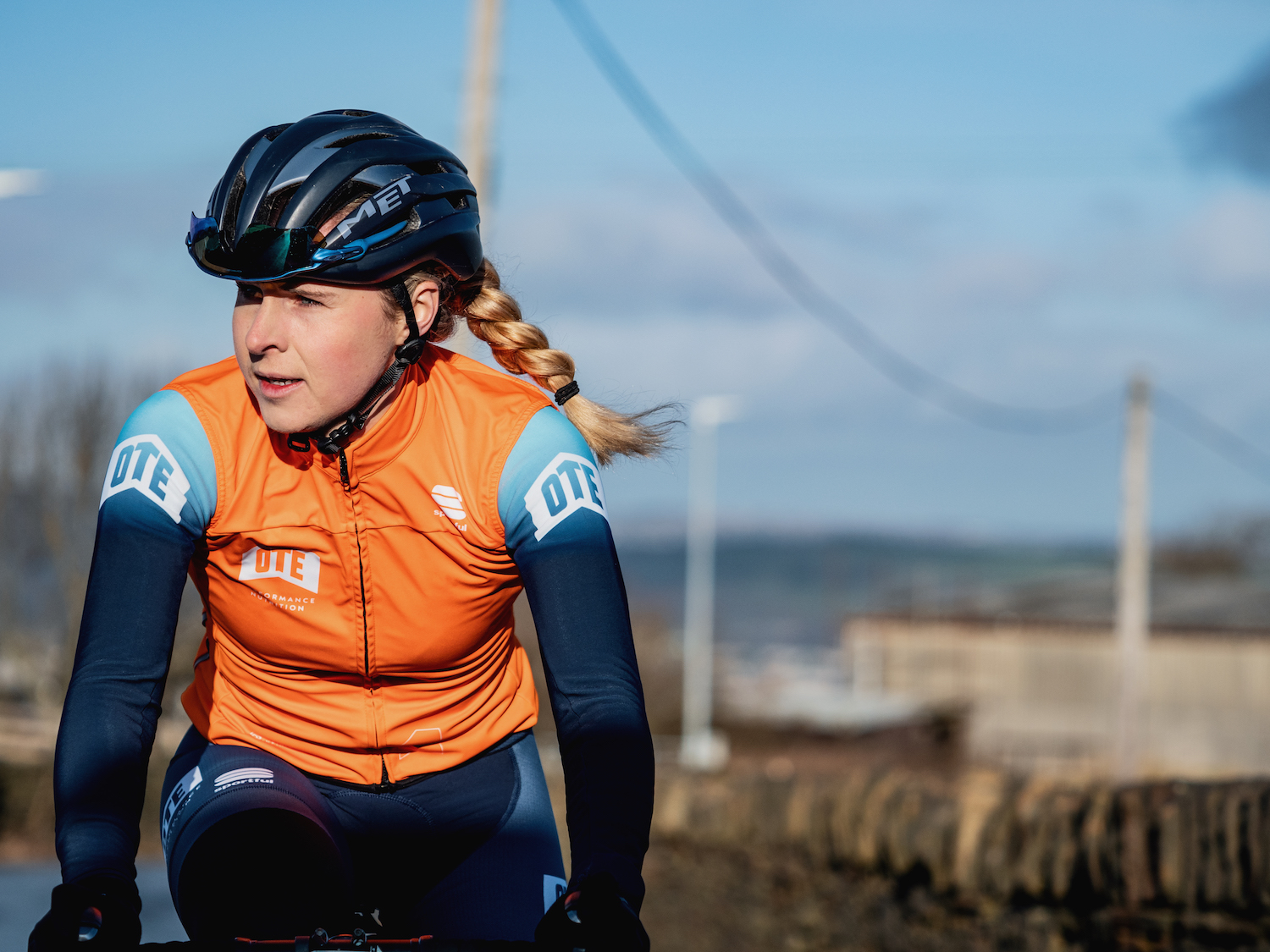
Special Consideration for Female Athletes
Firstly we need to understand why optimal nutrition is so important for female athletes. Put simply, it all revolves around the balance between health and performance. A strong connection has been found between a female athlete’s energy availability and their menstrual function and bone health. Consuming the right amount of calories is a huge step towards ensuring women stay healthy but it’s often over looked in order to lose weight. However not eating enough to support an athletes demands over a prolonged period can get to the point where it impacts health. This may lead to possible disruption to the menstrual function such as amenorrhea, or low bone mineral density which can lead to bones breaking much more easily. This can sound scary we know, and it is important to understand this only occurs in extreme cases. However, it really does highlight how important it is to get your nutrition right pre, during and post exercise, so your body cope with the demands of your sport.
But why does this only affect women?
Female athletes, specifically those competing in endurance sports where a lean figure is desirable, are more likely to change their diets to try and achieve certain weight goals. Sadly the prevalence of eating disorders is higher in women, usually due to the pressure placed on them to lose weight to improve performance. Not eating enough on a day-to day basis or not eating after hard training sessions can lead to this low energy availability that can affect health. For women, low energy availability impacts on hormone secretion from the pituitary gland, which directly impacts regulation of ovulation and the ability to absorb minerals to keep their bones healthy.
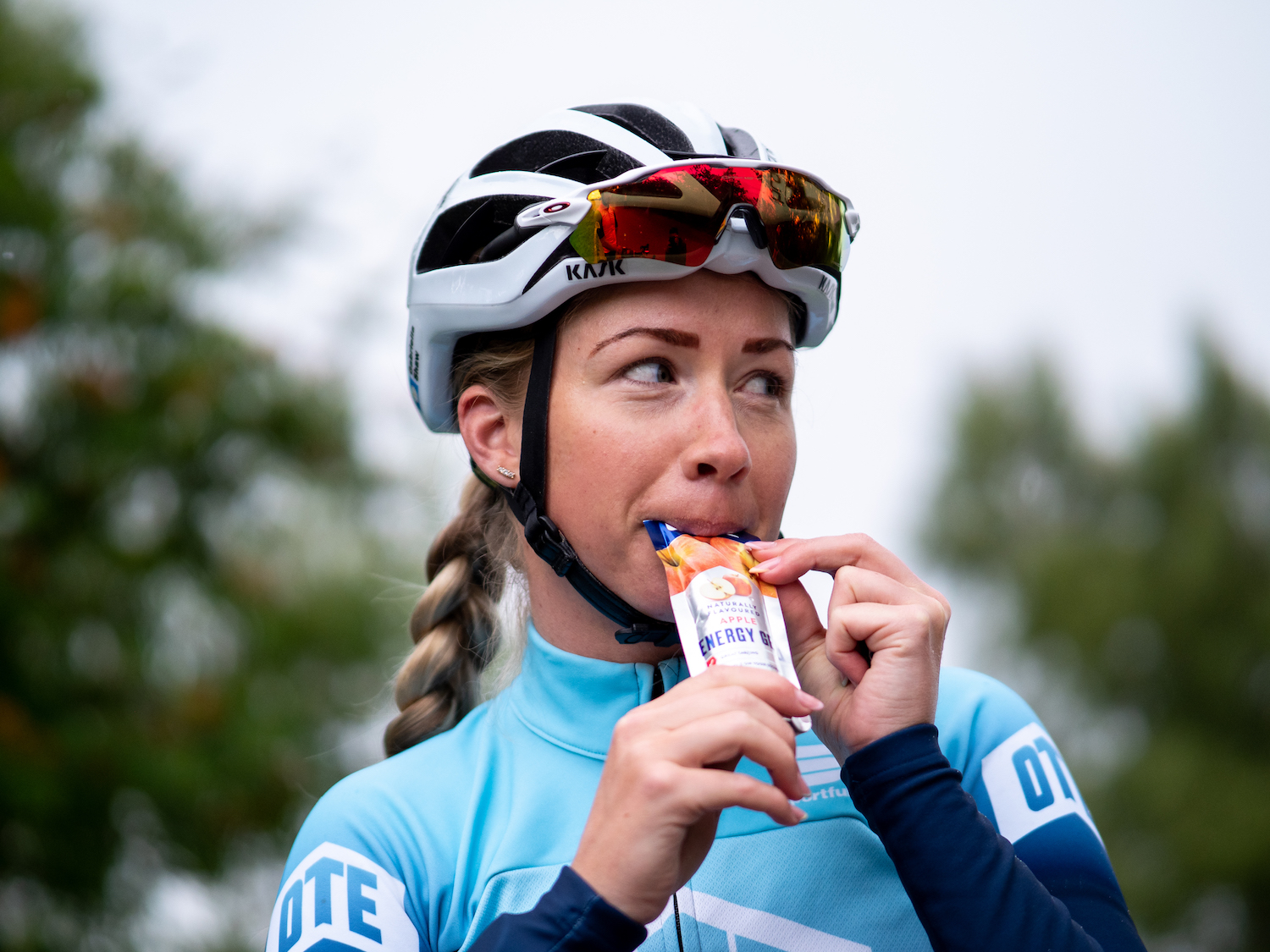
Energy Needs
Typically women need less calories than men, but enough to fuel optimal performance. Basal metabolic rate is the amount of calories a person needs to function from day to day without doing any activity at all. Yes, that’s correct, we actually need energy to go to sleep at night. When an athlete drops below this level for long periods of time health problems tend to arise.
To calculate your basal metabolic rate we use something called the Schofield Equation which is specific for women. You select the correct equation dependent on age and put your weight in kg where the letter ‘W’ is.
|
Age range
|
Equation
|
|
18-30
|
14.818 × W + 486.6
|
|
30-60
|
8.126 × W + 845.6
|
|
60+
|
9.082 × W + 658.5
|
Example: A 25 year old woman weighing 63kg would have a BMR of 1420kcal.
(14.818 x 63) + 486.6 = 1420
Working out basal metabolic rate is only half the battle. Our lives are filled with many activities we need energy for, whether it is during our occupation or in our spare time. To roughly work out the amount of calories we need, we have to give ourselves a physical activity level based on our occupational and non-occupational activity.
Example:
- A woman who works in an office (Light) but attend the gym 3 times a week (Moderately active) would have a physical activity level of 1.5.
- A woman that works as a teacher (moderate) and also trains 6 days a week to compete in cycling events (very active) would have a physical activity level of 1.7.
Then to finally work out your Total energy requirements you take:
Basal Metabolic Rate x Physical Activity Level = Total Energy Requirements.
1420 x 1.5 = 2130 kcal
Achieving this total energy requirement is going to, on average, provide enough energy to allow you to get the most out of your activities or training. This steers away from any risks associated with the Female Athlete Triad. Remember, this is just a ballpark figure that may change with training or racing loads but is a good indication of your basic nutritional needs
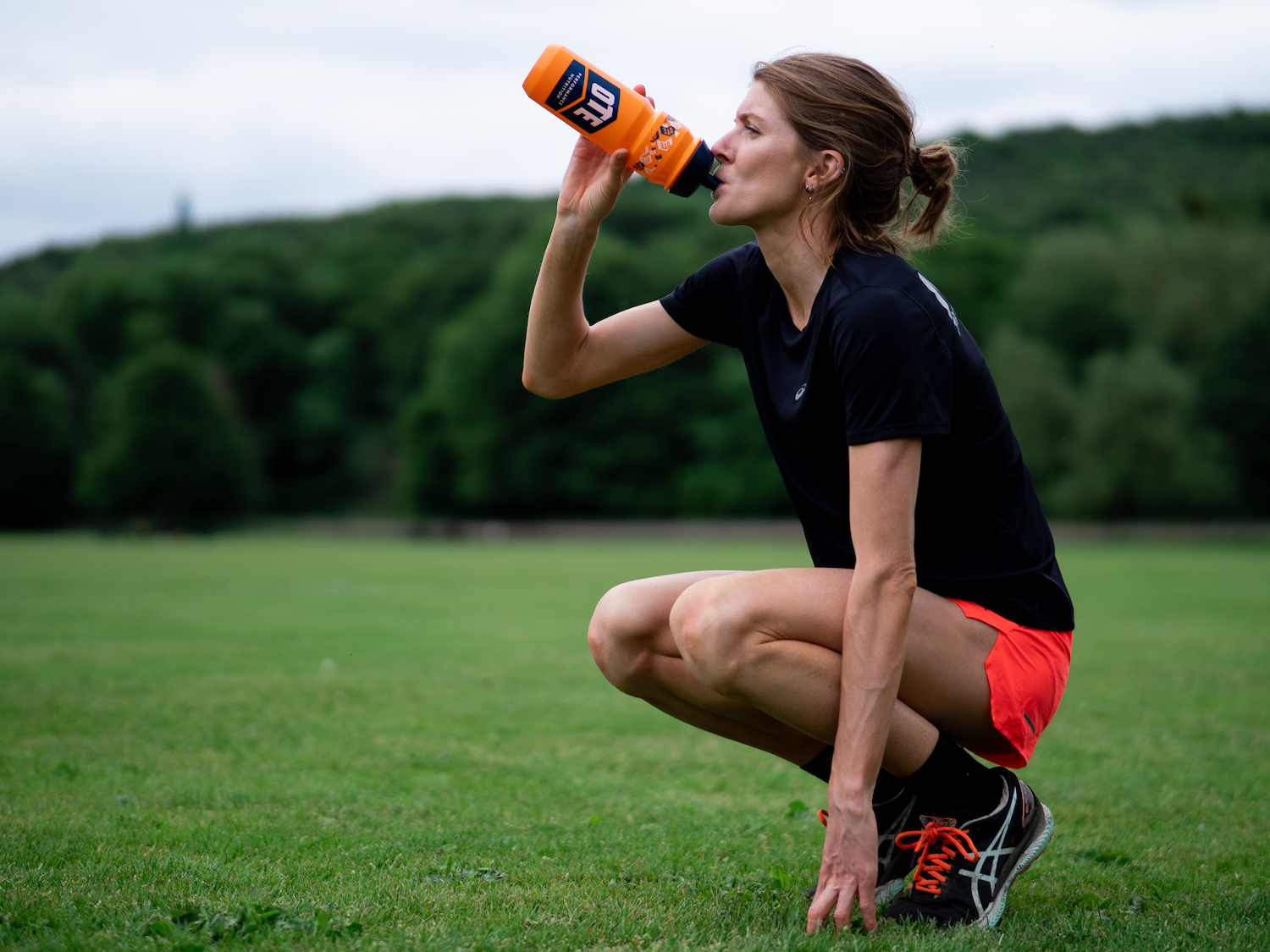
What other nutritional needs are their specific to women?
To optimise health and performance it is important to consume all 3 macronutrients – Carbohydrate Protein and Fat. Eliminating food groups can have negative effects on immune function, recovery and also increase rick of injury. If certain healthy weight goals need to be achieved it is better to do it through the combination of smaller portions and the timing of your food consumption, as opposed to eliminating whole food groups.
Carbohydrates: This is the primary macronutrient for energy metabolism. Although for women, carbohydrate seem to come with a bit of a bad rap, it is actually crucial if you want to get the most out of your training and racing. Carbohydrates are essential in providing your body with the muscle glycogen needed to sustain exercise, and allow you to train harder and therefore elicit better training adaptations than training in a depleted state. Research has shown that this concept is exactly the same for men and women. Generally, carbohydrate intake should be up to 50% of the calories calculated in your total energy requirement, or around 6-8g/kg/bw. It may be necessary to increase carbohydrate intake for those participating in ultra endurance events or during intense periods of endurance training. A combination of OTE energy drink, duo bars and gels used during training and racing can optimise your energy stores, making every session count. Remember, carbohydrates not only fuel our muscles but also our brains; staying alert can be pivotal in some sports to help avoid injury.
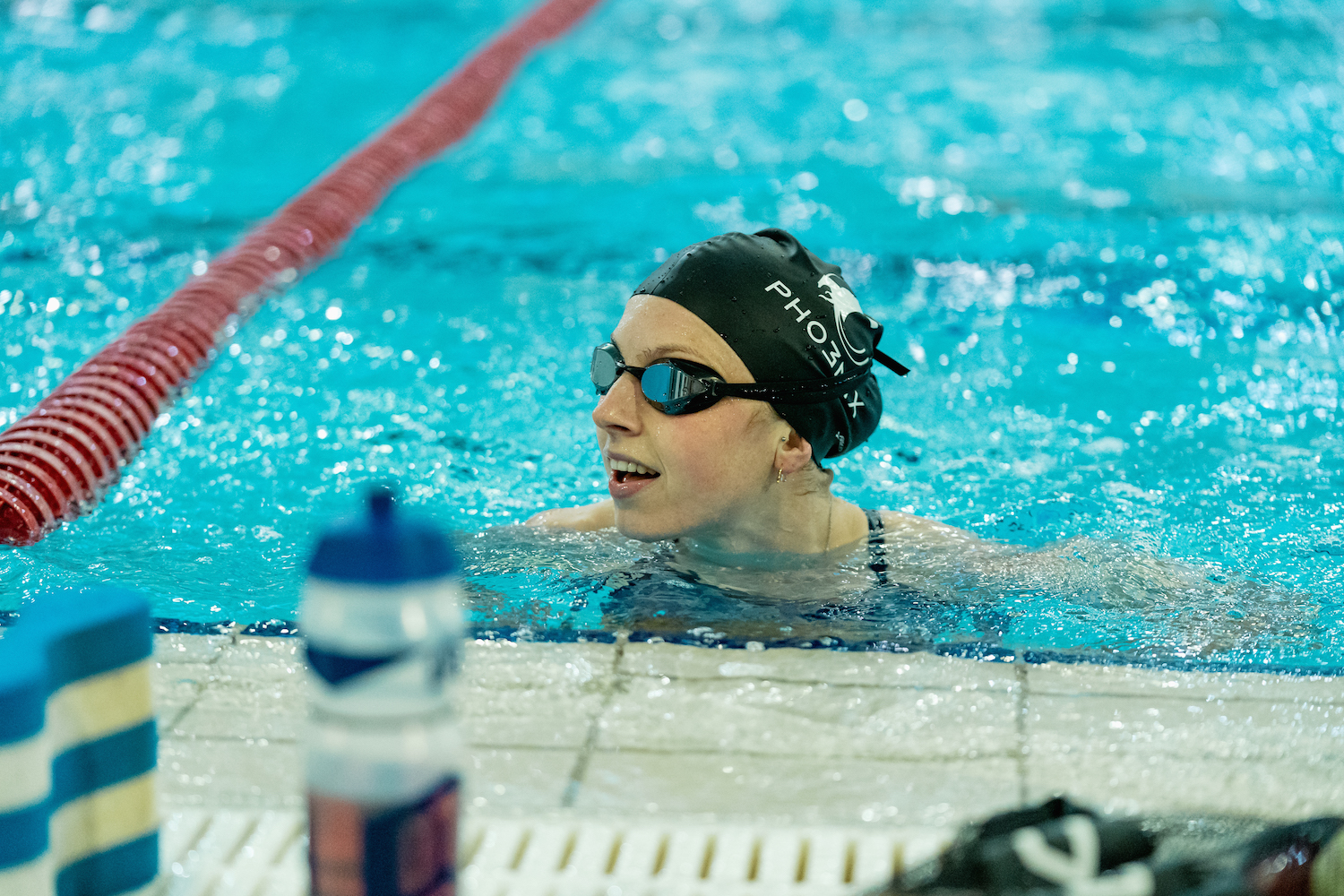
Protein: Research has found an elevated need for protein in most endurance and power athletes. However, research has also shown that female athletes don’t actually need as much protein as men due to lower oxidation rates during exercise. Saying that, protein is still essential to promote recovery and muscle adaptation and still remains an important part of the female athletes diet (Read more about protein here). The average population’s protein intake is 0.8g/kg/bw but female endurance athletes require 1.3-1.5g/kg/bw, this is around 10% less than men. Consuming an OTE protein recovery drink immediately post exercise will help to speed up the recovery process and get you ready to take on the next training session.
Fat: Research supports strong differences between genders when it comes to using fat as an energy source. Women have a greater capacity to use and transport fats than men during endurance exercise. It is the combination of high oxidation rates and higher fat stores that actually makes women very suited to long distance events. With this in mind it is essential that women do not consume less than 20% of their total energy requirements from fat. Having 25-30% from healthy sources such as nuts, oil, fish and meat would be optimal. There is even evidence that supports women having a slightly higher fat content in their recovery meals to replenish the energy stores they have used. Not forgetting health, fat is also essential for a whole host of fat soluble vitamins our bodies need for immune function and recovery. Fat is not as bad as people think when consumed relative to total calorie intake.
Vitamins and Minerals for Female Athletes
It is important that all athletes ensure they get the necessary daily intake of vitamins and minerals to aid health and particularly immune function. There is nothing more frustrating than missing key training sessions because of an annoying cough or blocked nose. For the female athlete there a few key vitamins and minerals that are worth drawing your attention to.
Iron: This is one of the most common deficiencies amongst female athletes, anaemia. Iron is key to oxygen carrying and energy production. Iron deficiencies can lead to impaired muscle function and a reduction in performance. Women are most at risk due to their menstrual cycle, especially those who are vegetarian. It is thought endurance athletes need 70% higher intake than the general population (18 mg per day). The easiest way to obtain iron is through the consumption of red meat.
B Vitamins: Similar to iron, lack of B Vitamins such as B12 and folate can cause anaemia, which in turn means the athlete may suffer from severe fatigue, it can also affect the size of red blood cells. Good sources of B Vitamins are animal derived foods such as milk and red meat. B vitamins can be found in the high vitamin and mineral blend in all OTE protein recovery drink, adding even more benefits to having one post training.
Calcium: Female athletes who reduce their total energy intake are more at risk of calcium deficiencies. Calcium is a key mineral essential for growth and the development and maintenance of bones. Women are particularly at risk of low bone density, as mentioned in the Female Athlete Triad. However, you need to consider that Calcium needs Vitamin D for it to be absorbed; Vitamin D is most readily obtained from sunlight. Having 3-4 servings of dairy products per day such as a glass of milk, yogurt, or a small block of cheese is a great way to ensure you obtain enough calcium in your diet. Again due to their high vitamin and mineral blend, OTE protein recovery drinks also can contribute to your calcium intake.
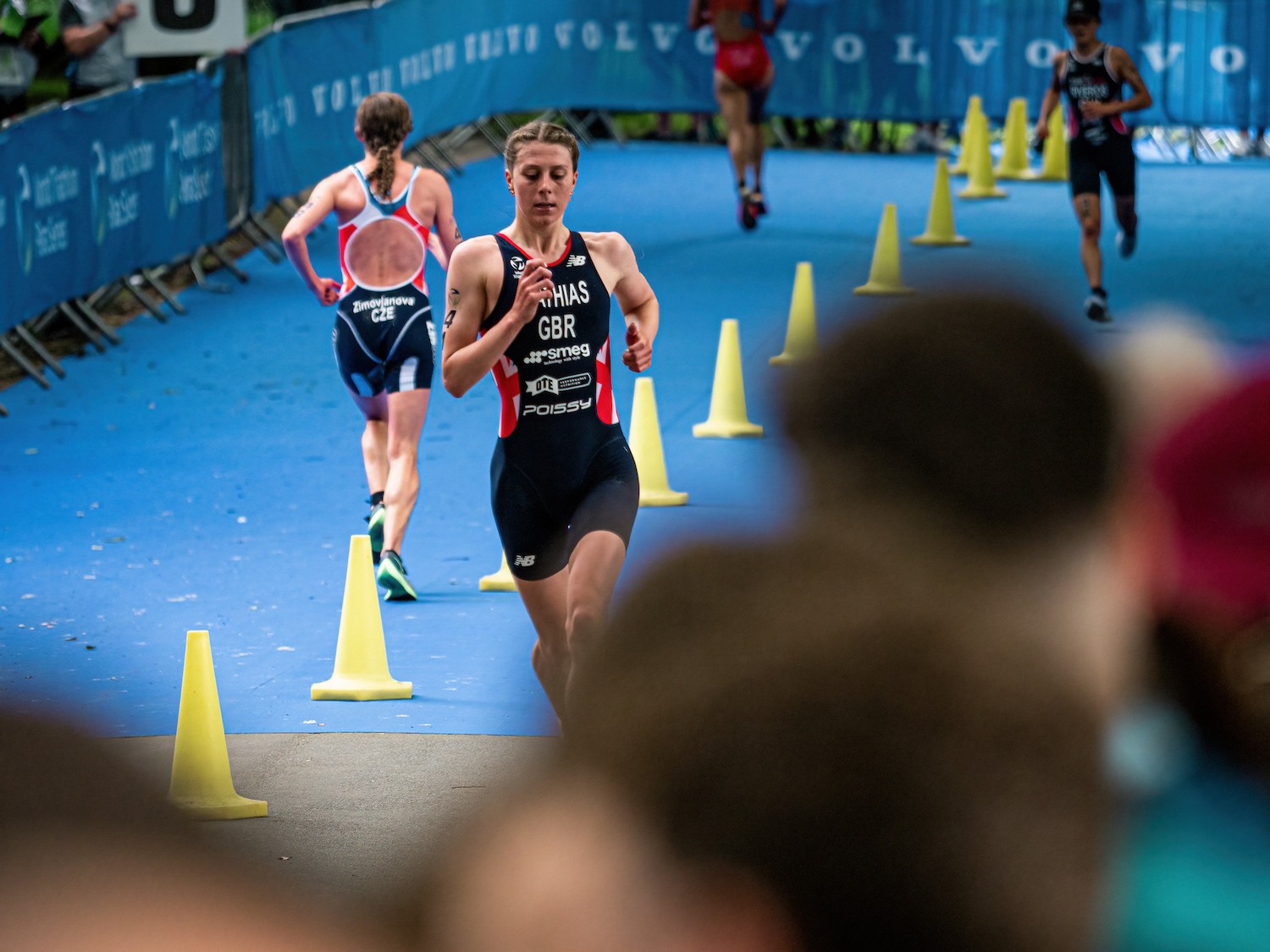
More research is needed to further specify nutritional demands for female athletes but the basic principals are very much the same. Fuel your body correctly to maintain health and performance, without your health you will not be able to perform.